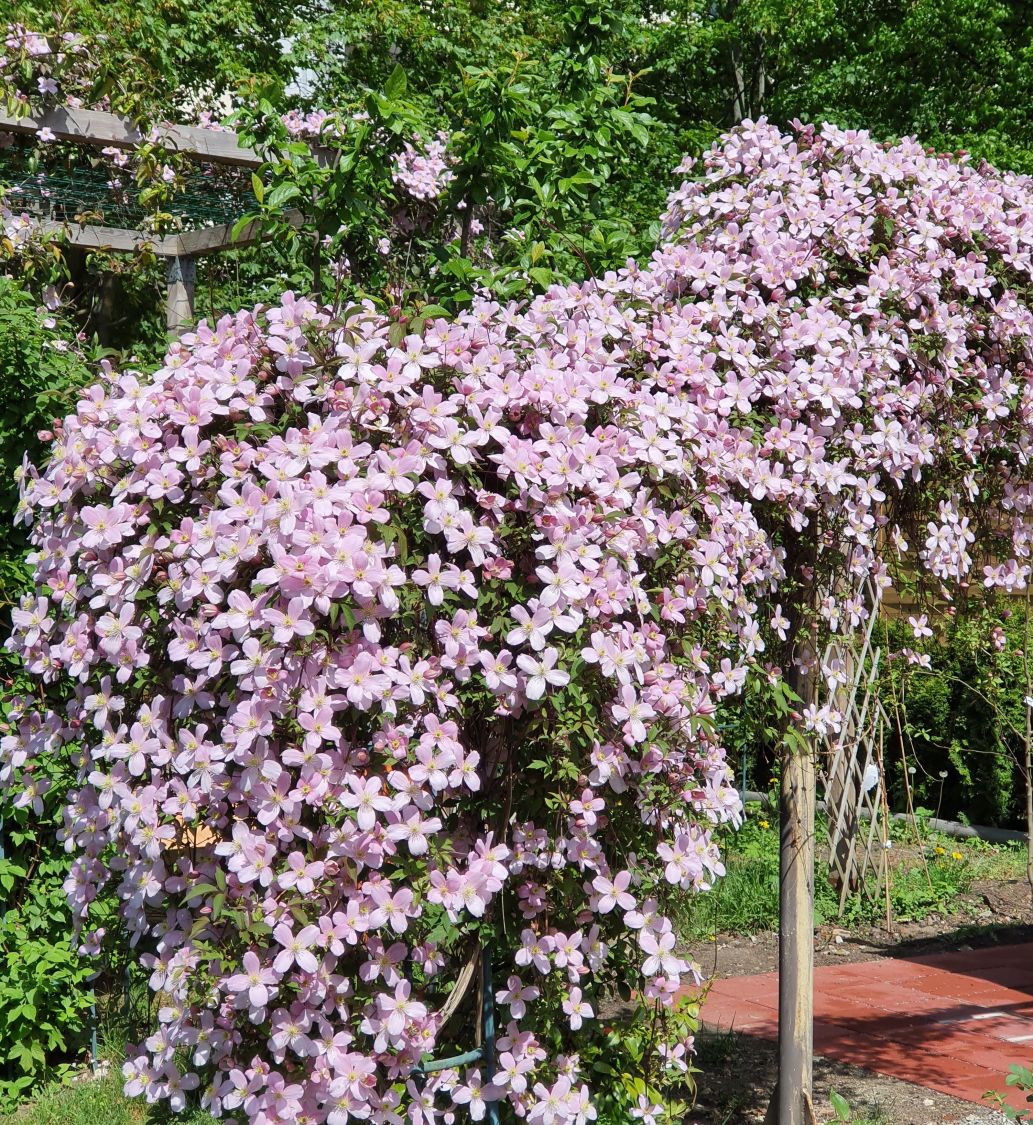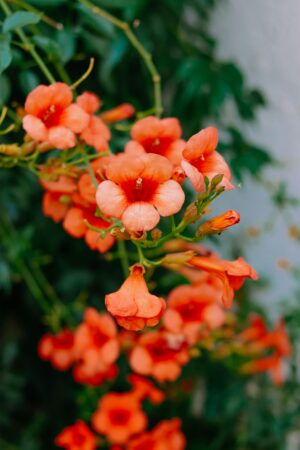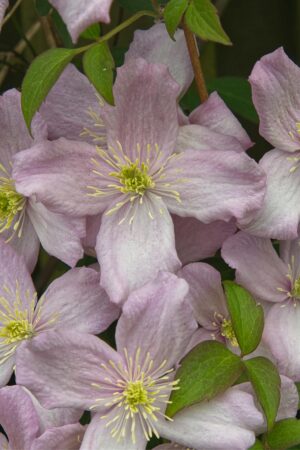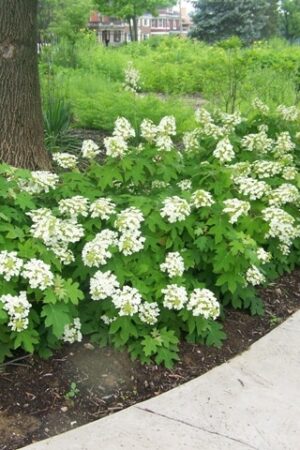Rubens Clematis is a vigorous, deciduous climber prized for its abundant pink flowers and bronze-tinted foliage. It is one of the most popular clematis varieties in New Zealand, thriving in a range of climates, including coastal areas and cooler regions.

Welcome to Clelands. Use our expertise, experience and knowledge to create your landscape dreams. For the most cost effective planting, use our design plant by number service.

Clematis mont. Rubens
Clematis mont. Rubens
Rubens Clematis is a vigorous, deciduous climber prized for its abundant pink flowers and bronze-tinted foliage. It is one of the most popular clematis varieties in New Zealand, thriving in a range of climates, including coastal areas and cooler regions.
$42.40
Care guide:
Rubens Clematis is a vigorous, fast-growing climber that thrives in New Zealand’s climate, making it ideal for covering walls, fences, pergolas, and trees. Here’s a step-by-step guide to planting it successfully:
1. Choosing the Right Location
- Sunlight: Prefers full sun to partial shade. Best flowering occurs in a sunny spot with some afternoon shade in hotter regions.
- Soil: Rubens Clematis require well-drained and fertile soil (loamy or sandy)
- Spacing: Leave at least 1.5–2m between plants to allow for spreading.
2. Planting Time
- Best Time to Plant: Early spring or autumn (September–November or March–May in New Zealand).
3. Preparing the Planting Site
- Soil Preparation: Well-draining soil is essential to prevent root rot. Avoid heavy clay. Slightly acidic to neutral (pH 6.5–7.5). Enrich the soil with compost and well-rotted manure before planting.
- Digging the Hole: Twice as wide and deep as the root ball (~40cm deep and wide).
- Watering Hole: Water deeply after planting to settle the soil.
4. Planting Rubens Clematis
- Plant Placement: Bury the base of the stem 5–10cm below soil level to encourage strong root growth. Angle the plant slightly towards its support structure.
5. Watering and Fertilising
- Watering: Water regularly for the first year to establish deep roots. Keep soil evenly moist but not waterlogged.
- Fertilising: Apply a balanced fertiliser (NPK 10-10-10) in early spring to encourage flowering. After flowering, feed with a high-potassium fertiliser (like tomato feed) to support future blooms.
6. Mulching and Maintenance
- Mulching: Mulch around the base to help keep roots cool and retain moisture. Use bark, straw, or compost.
- Pruning: Clematis montana blooms on old wood, so avoid heavy pruning. Lightly prune after flowering to remove tangled or dead stems.
7. Pest and Disease Control
- Pests: Generally pest-free, but watch for aphids, spider mites, and whiteflies. Use neem oil or insecticidal soap if needed.
- Diseases: Clematis wilt (fungal disease) can occur if stems are damaged. Avoid excessive pruning and keep good air circulation. Powdery mildew can affect plants in humid conditions. Water at the base and avoid wetting the leaves.
8. Winter Care
- Rubens Clematis is cold-hardy and can handle frost. Apply a thick layer of mulch (5–10cm) around the base to insulate roots from cold. Reduce watering as growth slows down.
9. Common Uses
- Covering fences, walls, and trellises – Creates a soft, cascading effect.
- Growing over pergolas and archways – Perfect for romantic garden designs.
- Companion planting with roses, jasmine, or wisteria – Enhances floral displays.
- Training through trees or large shrubs – Adds seasonal color to native or evergreen trees.
- Providing privacy and wind protection – Fast-growing habit makes it a great screening plant.
10. Common Varieties
- Clematis montana ‘Freda’ – Deep pink with a darker center. More compact than ‘Rubens’, reaching 4–5m. This variety is usually used for smaller gardens or container planting.
- Clematis montana ‘Tetrarose’ – Rosy-pink with a golden center. It is slightly more textured than ‘Rubens’. This is best for Large trellises, climbing over trees.
- Clematis montana ‘Mayleen’ – Satin-pink with a shimmer effect. It has a strong vanilla scent, one of the most fragrant.
11. Tips for Success
- If growing in a frost-prone region, plant near a sheltered wall for extra warmth.
- Keep an eye on young plants—established clematis handles winter better than newly planted ones.
- No need to cover mature plants—they tolerate light frost well!
By following these steps, your Clematis montana ‘Rubens’ will flourish each spring!



